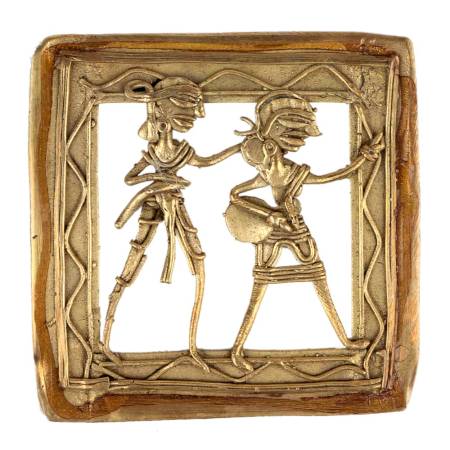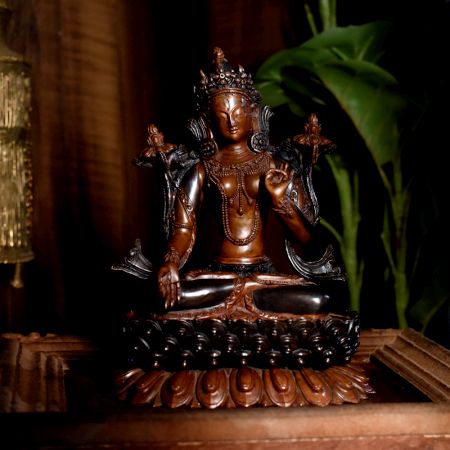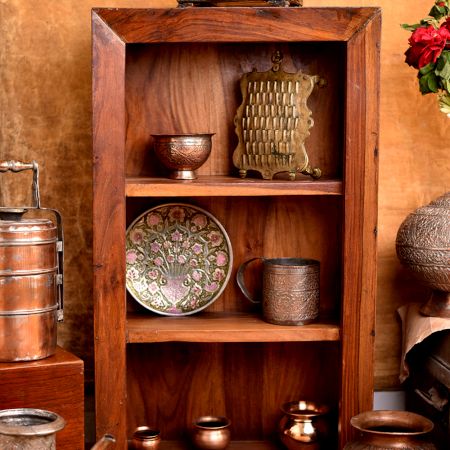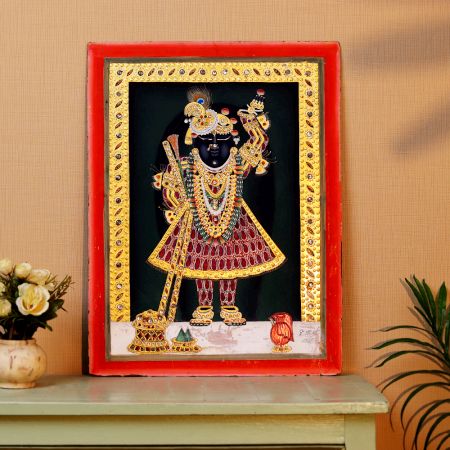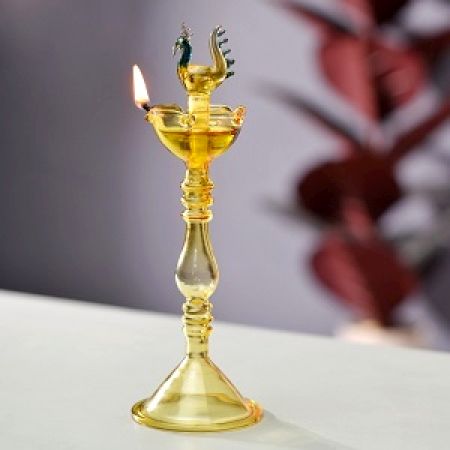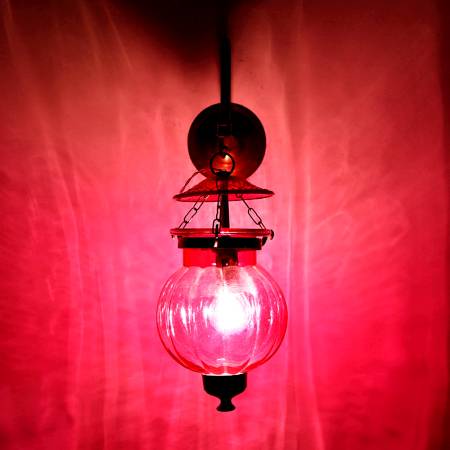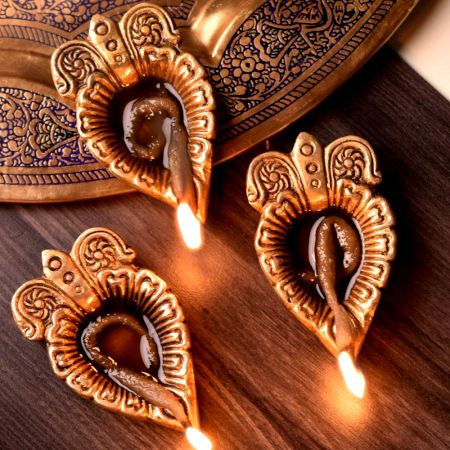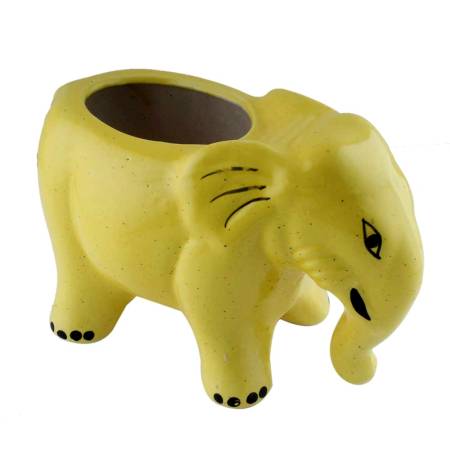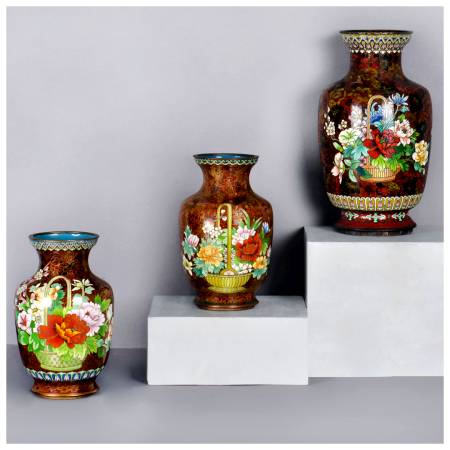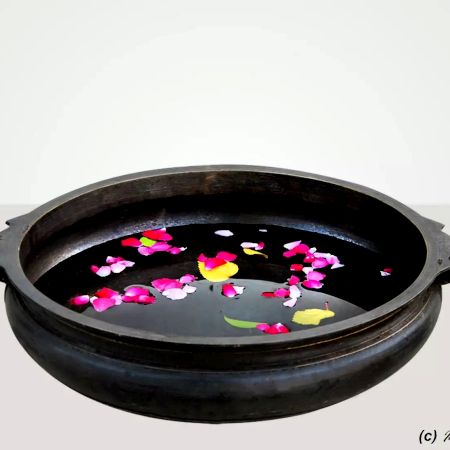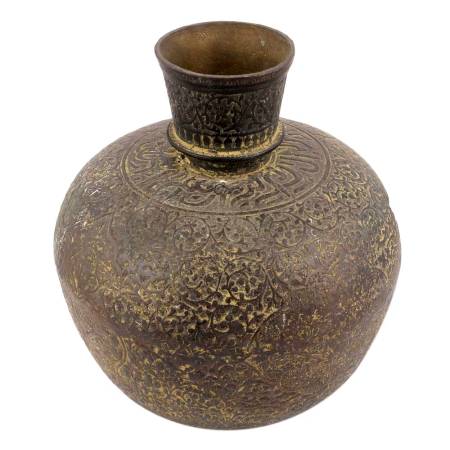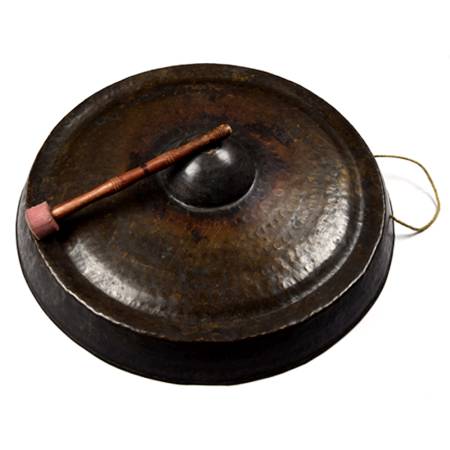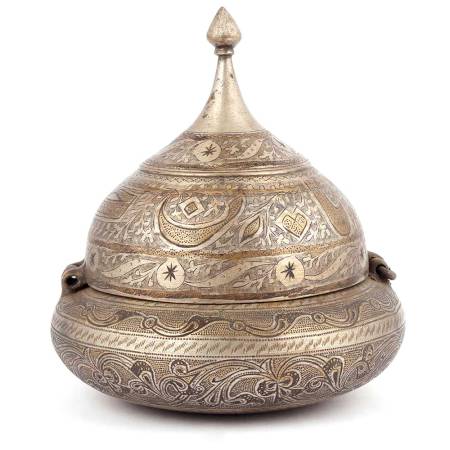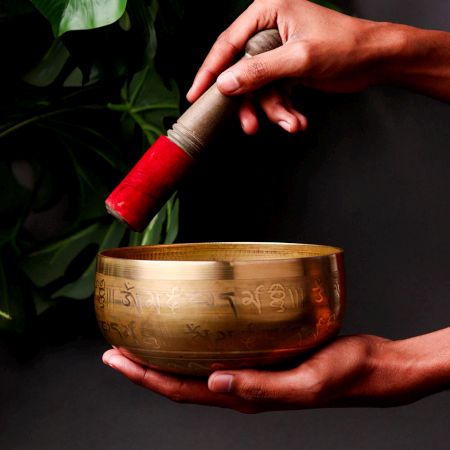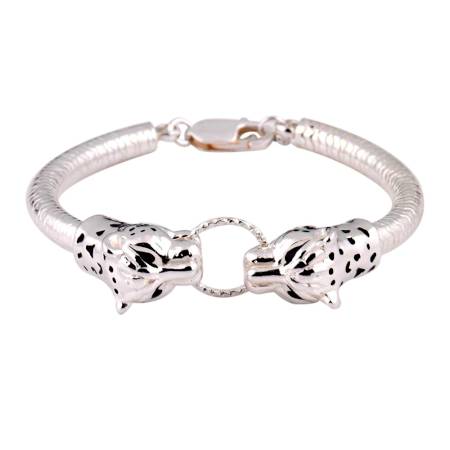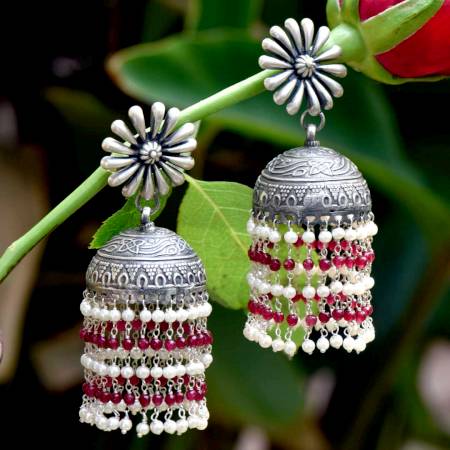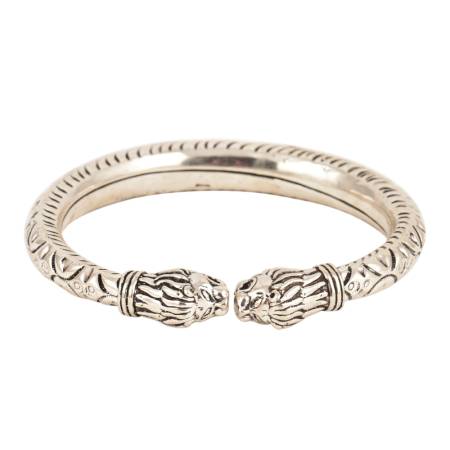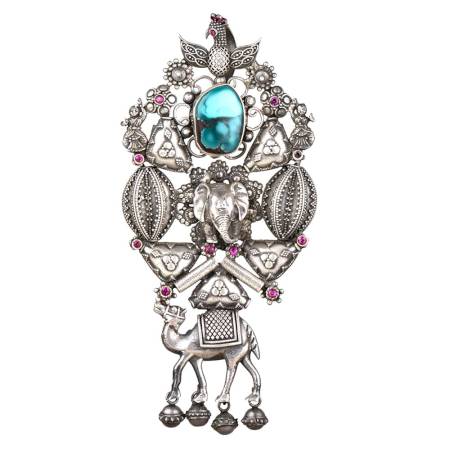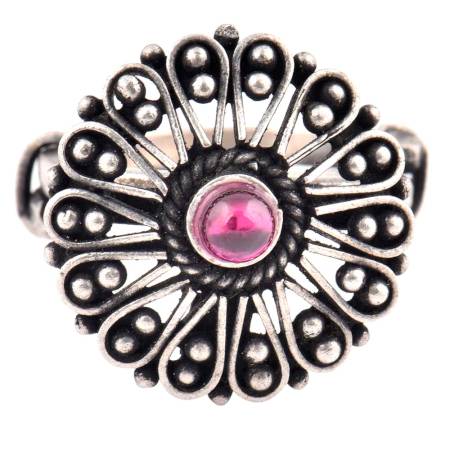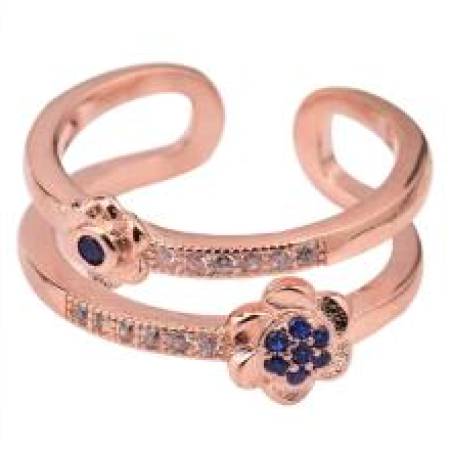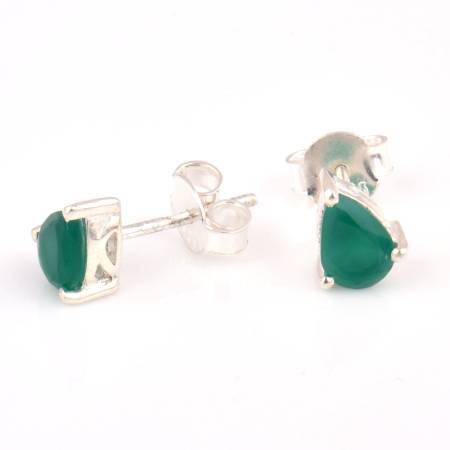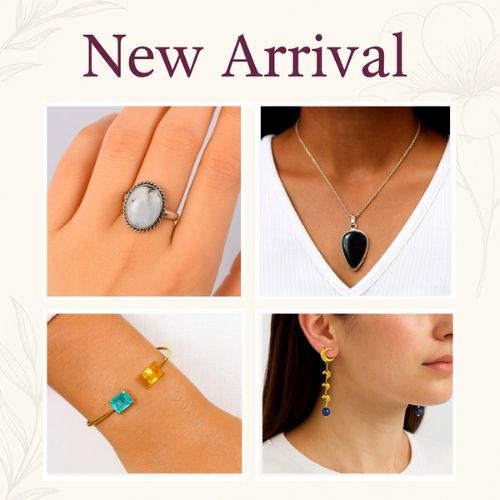General Understanding Of Wall Lamps
A wall lamp is more than a lighting fixture; it’s an expression of style, history, and craftsmanship. Mounted directly on walls, it balances function with decorative appeal. Materials like brass, wrought iron, and glass are often shaped to reflect the era’s design sensibilities. Unlike ceiling lights, wall lamps offer intimate illumination, drawing attention to textures, corners, or artworks. They are valued for their charm, the subtle play of light and shadow, and their ability to transform everyday walls into statements of taste. Each lamp, often handcrafted, carries a story, a signature of the artisan’s skill, and a sense of permanence in a fleeting modern interior.
What Emotions Or Themes Do Wall Lamps Commonly Portray?
Wall lamps evoke warmth, nostalgia, and understated sophistication. Soft, diffused light creates intimate spaces, inviting quiet reflection or conversation. Ornate Victorian designs convey grandeur and heritage; minimalist Mid-Century forms speak of simplicity and elegance. Themes of romanticism, comfort, and artistry are common, bridging cultural and historical references. Beyond illumination, these lamps tell stories of a bygone era, of craftsmanship, of aesthetic priorities. They can transform an ordinary hallway into a memory-laden corridor or turn a modern living room into a cozy sanctuary. Their presence often elicits subtle pride, a recognition of taste and cultural awareness.
What Are The Most Recognized Styles In Wall Lamps: Art Deco, Victorian, Mid-Century?
Victorian lamps are defined by intricate carvings, floral motifs, and polished brass, evoking opulence. Art Deco lamps celebrate geometric elegance, bold lines, and luxurious materials, reflecting 1920s glamour. Mid-Century Modern designs favor clean lines, understated curves, and functionality, blending simplicity with aesthetic charm. Industrial lamps with exposed metals and practical construction narrate utilitarian storytelling. Each style is a bridge to a historical moment, a cultural statement, and an interior philosophy. Choosing a style is not just about light; it’s about mood, identity, and how a space converses with memory and design evolution.
Why Are Wall Lamps Still Revered In Contemporary Interiors?
Timeless appeal keeps wall lamps relevant. Modern interiors often favor minimalism, but a single ornate lamp introduces depth, texture, and narrative. Unlike mass-produced lighting, handcrafted lamps carry authenticity, subtle imperfections, and historical resonance. They complement contemporary furniture while adding heritage charm. Beyond illumination, they shape perception, highlight architecture, and create focal points. Collectors and designers prize them for versatility, blending eras, styles, and moods. In contemporary homes, wall lamps function as aesthetic anchors, balancing modern materials with artisanal storytelling, bridging past and present, and enriching the emotional landscape of everyday spaces.
Techniques, Materials & Artistic Tools For Wall Lamps
Traditional wall lamps were born from skilled hands rather than machines. Artisans employed hand-forging, etching, glass-blowing, and carving, emphasizing individuality and durability. Each curve, joint, or shade reflected the craftsman’s expertise and attention to detail. Subtle imperfections weren’t flaws; they signaled authenticity and character. Workshops often integrated multiple techniques. Metal frames were hammered and polished, glass shades were blown or stained, and wood bases were carved with motifs. These lamps were functional art pieces. The process required patience, knowledge of materials, and aesthetic judgment, ensuring that each lamp was not just a source of light but a statement of cultural and technical mastery.
What Materials Were Commonly Used In Wall Lamps?
Brass and bronze offered durability and a warm, reflective finish; wrought iron provided structural strength and sculptural possibilities. Wood, carved or veneered, added texture and organic warmth. Glass, clear, frosted, or stained, controlled light diffusion, creating mood. Fabric shades softened illumination while enamel or lacquer finishes introduced color and polish. Often, combinations were used; brass arms with glass shades or iron frameworks with wooden accents. Material choice influenced aesthetics, longevity, and ambience. Beyond utility, these materials carried symbolic weight. Bronze and brass signaled luxury, wood conveyed tradition, and glass expressed fragility and artistry, bridging practical design with cultural resonance.
What Role Did Design Elements Play In Wall Lamps?
Design elements curved arms, etched motifs, geometric patterns, balanced aesthetics with functionality. Symmetry, proportion, and ornamentation shaped visual appeal, while light diffusion affected spatial perception. Etched glass softened glare; curved arms projected elegance; decorative finials signaled status and craftsmanship. Subtle details guided emotional response from intimacy to grandeur. The finish, polished, antique, or matte, enhanced style communication while material contrast emphasized artistry. Designers thought in three dimensions: structure, light, and narrative. Every element carried intention, reflecting era-specific tastes and cultural symbols. These choices ensured lamps were not mere light sources but visual stories embedded in daily life and interior narrative.
Artistic Intent And Visual Storytelling In Wall Lamps
Wall lamps often embodied refinement, social standing, and artistic values. In Victorian homes, intricate brass lamps spoke of wealth and taste; Art Deco designs celebrated progress and modernity. Beyond illumination, lamps communicated identity: cultural heritage, aesthetic preference, and technical prowess. They often integrated symbolism, floral motifs for natural beauty, mythological figures for intellectual depth. Designers merged utility with storytelling, creating objects that were at once functional and narrative. Lighting became a medium of expression, shaping the emotional texture of spaces. A wall lamp wasn’t decoration alone; it was an emblem of sophistication, an intimate dialogue between artisan, space, and occupant.
How Did Designers Express Cultural Or Historical Symbols Through Wall Lamps?
Designers drew inspiration from local culture, mythology, and historical motifs. Floral patterns, lion heads, geometric tessellations, and religious symbols adorned frames and glass. Gothic lamps echoed medieval architecture; Art Nouveau celebrated organic lines and natural forms; Japanese-inspired designs used minimalism and symmetry. These motifs were more than decorative; they conveyed societal values, beliefs, and artistic evolution. Each engraving, curve, or glass pattern told a story, grounding interiors in cultural memory. Through careful choices, lamps acted as conduits for history, translating artisan skill into visual narratives that resonated with viewers, blending function with symbolism and offering insight into the aesthetic priorities of the era.
How Do Light, Shadow, And Material Choices Influence Mood?
The interplay of light, shadow, and material transforms perception. Warm brass and frosted glass produce intimacy, softening edges and creating inviting corners. Bold metals and colored glass energize spaces, adding drama or contrast. Diffused light enhances textures; shadows evoke depth and narrative tension. Designers considered lamp placement, reflectivity, and transparency to choreograph ambience. Light became storytelling; gentle illumination for contemplation, sharp contrasts for focus, patterned shadows for intrigue. Mood-setting was central; lamps guided emotional response, creating micro-environments within rooms. Choice of material and finish was not merely aesthetic but psychological, shaping how inhabitants experienced comfort, elegance, and spatial storytelling.
Purchase, Collection & Investment Of Wall Lamps
Finding authentic wall lamps is part discovery, part adventure. Antique stores, estate sales, and curated auctions often house original pieces carrying history and artisanal detail. Online marketplaces like IndianShelf can offer reproductions, but these may lack craftsmanship or period accuracy. Specialty lighting shops sometimes stock verified designs with provenance certificates. Collectors increasingly rely on certified dealers or gallery curators to ensure authenticity. Estate sales or museum deaccessions can reveal rare finds, blending narrative and utility. The choice between reproduction and authentic hinges on taste, budget, and purpose, functional ambience or collectible investment. Every lamp tells a story beyond illumination, connecting past design sensibilities to present spaces.
How Can You Verify The Authenticity Of A Wall Lamp?
Authenticity hinges on careful observation. Examine material quality, solid brass or bronze often indicates original construction, while thin alloys suggest reproductions. Craftsmanship is key, hand-etched patterns, subtle asymmetry, and intricate detailing signal artisanal work. Patina reveals age, while maker marks or engravings can verify origin. Provenance documents or prior ownership history enhance credibility. Consulting antique appraisers or certified dealers adds assurance, especially for high-value acquisitions. Even subtle wear patterns, slightly uneven soldering or minor surface oxidation, confirm genuine aging. Proper authentication preserves value and ensures historical significance, allowing a wall lamp to serve both functional decor and as a collectible asset with enduring investment potential.
What Makes A Wall Lamp A Worthwhile Investment?
A wall lamp becomes an investment when rarity, material integrity, and design pedigree converge. Pieces with historical significance, designer signatures, or unique motifs tend to appreciate over time. Unlike mass-produced lighting, which depreciates, handcrafted lamps carry cultural and aesthetic narratives that retain or grow in value. Materials such as aged brass, bronze, or carved wood enhance durability and collectible appeal. Limited editions, or lamps tied to notable designers or artistic movements, offer both functional utility and tangible asset growth. The combination of ambience, craftsmanship, and provenance ensures that acquiring a wall lamp is not merely decoration but a strategic investment bridging interior beauty with heritage value.
Care, Framing & Preservation of Wall Lamps
Preserving wall lamps demands mindful care. Avoid direct sunlight, moisture, or high-humidity areas that can tarnish metals or warp wood. Dust regularly using soft cloths or brushes to maintain surface integrity. Polishing should be gentle, respecting original patina and finishes. Wiring requires periodic inspection to ensure safety and operational longevity. When storing, separate glass components and wrap with acid-free paper to prevent scratches. Proper placement within a stable environment minimizes mechanical stress and environmental deterioration. Maintenance blends functionality and preservation, safeguarding both aesthetic integrity and historical authenticity. A well-kept lamp continues to illuminate while retaining cultural and collectible value.
What Frames And Materials Best Complement The Aesthetic?
Wall lamps resonate with surrounding materials. Antique brass lamps harmonize with dark wood panels, leather furniture, or textured plaster. Frosted or stained glass shades complement soft, neutral walls or period-inspired décor. Placement near minimalist modern furnishings can create deliberate contrast, emphasizing lamp artistry. For Victorian or Art Deco interiors, mirrored backdrops or polished wood frames accentuate reflection and detail. Material interplay, metal against fabric, glass against wood, enriches visual storytelling. The frame and background should enhance the lamp’s presence without overwhelming it. Consider cultural and historical context, a lamp is not merely functional but a visual anchor that bridges era-specific aesthetics with contemporary interior narratives.
Can Old Wall Lamps Be Restored Without Losing Original Feel?
Yes, careful restoration preserves authenticity. Skilled artisans can replace wiring, repair glass, or stabilize loose joints without altering original finishes. Subtle cleaning maintains patina while removing dirt or oxidation. Over-restoration risks erasing history, original imperfections contribute character and provenance. Restoration should respect proportions, materials, and historical motifs. For example, replacing a cracked glass shade with identical hand-blown glass preserves aesthetic integrity. Electrical updates ensure safety while retaining design. When executed thoughtfully, restoration prolongs usability, maintains decorative impact, and safeguards investment value. A well-restored lamp continues to narrate its past while seamlessly illuminating modern interiors.
What Are Common Damages Wall Lamps Suffer Over Time?
Typical damages reflect age and environmental exposure. Fading and tarnishing of metal finishes are common, especially for brass or bronze. Glass shades may crack, chip, or cloud. Wooden elements can warp, split, or lose veneer. Wiring degradation poses both functional and safety hazards. Surface scratches, minor dents, or oxidation accumulate over decades. Identifying early prevents cascading damage and maintains both aesthetic and monetary value. Environmental control, gentle cleaning, and timely repair are essential. Understanding these vulnerabilities informs purchase decisions, care routines, and restoration strategies. A preserved wall lamp balances beauty, functionality, and historical integrity.
Home Decor, Styling & Mood Setting With Wall Lamps
Wall lamps are instruments of mood-setting. Soft, diffused light adds warmth and intimacy, guiding perception and highlighting textures. Ornate lamps can create dramatic focal points, while minimalist designs provide subtle elegance. Placement shapes attention, hallways feel inviting, living rooms gain depth, studies achieve focus. Light interacts with materials, casting reflections or shadows that evoke emotion and narrative. Beyond illumination, lamps convey cultural taste, sophistication, and ambience. They can transform a neutral space into a layered interior experience, enriching the occupant’s emotional connection to the environment. Proper lighting design balances function, style, and atmospheric storytelling.
What Interior Styles Pair Well With Wall Lamps?
Wall lamps adapt to diverse aesthetics. Victorian lamps complement rich textiles, carved wood, and ornate furnishings. Art Deco designs enhance geometric motifs, mirrors, and metallic finishes. Rustic or Industrial interiors resonate with exposed metals, patina, and handcrafted detail. Mid-Century Modern lamps pair with clean lines, warm woods, and minimal decor. Contemporary or minimalist spaces benefit from contrast, letting a singular ornate lamp anchor the room. Successful pairing respects scale, proportion, and material interplay, creating cohesion between lighting, furniture, and walls. Lamps bridge eras and moods, enabling interiors to narrate layered stories while preserving visual and emotional harmony.
How Do You Choose The Right Wall Lamp For A Living Room, Hallway, Or Study?
Selecting a wall lamp depends on purpose and context. Hallways require subtle, evenly distributed illumination, often with elongated or small-scale designs. Studies need focused lighting, with directional arms or diffused shades to prevent glare. Living rooms can host statement pieces, ornate lamps or those with designer motifs, creating visual anchors. Consider scale, light intensity, color temperature, and material compatibility with existing decor. Placement height, proximity to seating, and interaction with natural light further influence choice. The right lamp balances function, style, and mood, transforming a space into an inviting, coherent, and expressive environment while reflecting historical or cultural aesthetics.
Cultural Impact & Historical Legacy of Wall Lamps
Wall lamps are more than functional objects they are historical markers of innovation and artistry. From flickering oil lamps in ancient Roman villas to ornate gas lit sconces in Victorian England, these fixtures illustrate the evolution of technology and taste. Each lamp narrates the societal priorities of its era: luxury, craftsmanship, or accessibility. In 20th century urban homes, electric wall lamps transformed interiors, merging utility with aesthetic. Beyond light, they signify cultural values, technological progress, and the interplay between form and function. Observing them across eras offers insight into changing domestic rituals, social hierarchies, and human interaction with crafted spaces.
How Did Different Cultures Contribute To The World Of Wall Lamps?
Different civilizations infused wall lamps with unique artistry, creating cross cultural dialogues through design. European workshops emphasized gilded metal, glass artistry, and classical motifs, blending elegance with domestic practicality. Middle Eastern artisans introduced intricate geometric patterns, colored glass mosaics, and brass work that balanced illumination with storytelling. Asian designs often combined minimalism with symbolic motifs, like lotus or cloud patterns, using wood, bronze, and rice paper. These regional approaches influenced one another through trade, colonization, and migration, inspiring global design evolution. Lamps became more than lighting they were cultural statements, aesthetic signifiers, and reflections of regional identity, merging utility with emotion and heritage.
Which Designers Or Manufacturers Shaped The Evolution Of Wall Lamps?
Visionaries like Louis Comfort Tiffany transformed wall lamps into art forms, pioneering stained glass and vibrant color techniques that captivated interiors. European artisanal workshops in France, Italy, and Germany upheld traditions of hand forging metals, gilding, and delicate etching, creating pieces that balanced function and elegance. Innovators like William Morris and the Arts & Crafts movement emphasized authenticity, craftsmanship, and material integrity. Collectively, these designers influenced both mass production and bespoke artistry. Their lamps were not merely light sources they conveyed narratives, elevated interiors, and set aesthetic benchmarks. Today, contemporary designers draw inspiration from these legacies, blending historical richness with modern sensibilities, preserving craftsmanship while evolving stylistically.
Wall Lamps vs Other Lighting Forms
Wall lamps prioritize storytelling and ornamentation over sheer efficiency. A wrought iron sconce or glass etched fixture evokes texture, history, and emotional resonance, guiding spaces with narrative lighting. Minimalist lighting, by contrast, simplifies forms, often reducing lamps to functional silhouettes, favoring abstraction and clean geometry. The difference lies in intention: wall lamps communicate aesthetic depth, cultural influence, and personal taste; modern minimalism prioritizes visual calm, energy efficiency, and unobtrusive functionality. Using wall lamps strategically adds character, warmth, and layered storytelling to interiors. While minimalism excels in simplicity, wall lamps anchor spaces emotionally, offering tactile, visual, and historical richness that pure function rarely achieves.
What Sets Wall Lamps Apart From LED Or Digital Lighting Fixtures?
Wall lamps embody material richness, handcrafted details, and aesthetic warmth. Their surfaces, metal, glass, or ceramic, carry tactile and visual subtleties absent in industrial LED panels. LEDs prioritize energy efficiency, longevity, and mass production, often favoring neutral or cold lighting. Wall lamps, however, fuse artistry with function: etched patterns, hand painted motifs, or sculpted arms diffuse light in layered, emotive ways. Even vintage electrical fixtures, though utilitarian, convey nostalgia and cultural resonance. Choosing a wall lamp over a digital fixture is a conscious embrace of character, storytelling, and emotional depth. It transforms illumination into an interactive design dialogue.
How Do Glass Shades Differ From Metal Or Fabric Versions In Wall Lighting?
Material transforms ambiance. Glass shades soften light, creating color variations and reflections that enhance visual depth. Metal shades sculpt illumination, directing beams, casting shadows, and accentuating architectural lines. Fabric shades diffuse light subtly, producing cozy, ambient warmth ideal for lounges or bedrooms. Beyond function, these materials carry cultural and emotional significance: blown glass evokes Venetian craftsmanship, etched metal channels industrial history, and embroidered fabrics echo artisanal traditions. Selection influences mood, perception, and visual storytelling. In interior design, the material choice becomes a dialogue between function and emotion, guiding how spaces are experienced, sensed, and remembered through the interplay of light, texture, and form.
Emotional & Symbolic Value Of Wall Lamps
Absolutely. Gifting a wall lamp transcends practicality it signals thoughtfulness, elegance, and aesthetic appreciation. A carefully chosen lamp embodies history, craftsmanship, and personal sentiment. For weddings, anniversaries, or housewarmings, it represents illumination of new beginnings. Cultural designs, like a Moroccan mosaic sconce or a European inspired brass fixture, can celebrate heritage and shared aesthetic values. The act of gifting a lamp becomes symbolic: a bridge between function and artistry, personal taste and emotional resonance. Recipients inherit not just light but a tangible story, making the gesture memorable. In essence, a wall lamp gift communicates care, culture, and continuity in a single, luminous object.
What Emotional Value Do Inherited Or Family Wall Lamps Hold?
Inherited wall lamps carry intangible heritage. They act as anchors, connecting generations through touch, sight, and memory. A brass sconce from a grandparent’s home carries stories of past interiors, rituals, and celebrations. The patina, dents, and craftsmanship evoke nostalgia, transmitting emotional resonance beyond utility. Such lamps transform spaces, infusing history into contemporary interiors while maintaining continuity. They become symbols of identity, family legacy, and aesthetic lineage. Retaining and displaying these pieces fosters belonging and remembrance, reminding owners of shared experiences, traditions, and values embedded in the home’s fabric, creating intimate, multi generational emotional touchpoints.
Why Do People Feel A Deep Connection To Lighting From Past Eras?
Historical lighting embodies tangible and intangible qualities. The craftsmanship, materiality, and stylistic nuances evoke memory, identity, and cultural context. Past era lamps, whether gas lit Victorian sconces or hand blown Art Nouveau glass, carry tactile richness absent in mass produced modern fixtures. They connect owners to shared heritage, aesthetic evolution, and storytelling traditions. Emotional resonance arises from both visual appeal and symbolic weight: lamps illuminate not just space but memory, emotion, and lineage. This connection combines historical curiosity, sensory experience, and personal narrative. People feel rooted, inspired, and comforted by these artifacts, experiencing continuity between past and present through form, function, and aesthetic storytelling.
FAQs
What Defines A Wall Lamp?
A wall lamp is more than a functional fixture; it’s a convergence of light, design, and space. Mounted on walls, these lamps serve as sculptural accents, guiding both ambience and mood. Crafted with attention to material, finish, and form, they often carry historical or cultural resonance. From ornate metal sconces to minimalist glass designs, a wall lamp transforms an ordinary wall into a focal point. Readers seeking this information are looking to understand not just utility, but how light, texture, and artistry can elevate interiors. They embody craftsmanship, storytelling, and subtle luxury.
Can Lamps From Past Eras Be Recreated Authentically Today?
Recreating lamps from bygone eras is a delicate balance of tradition and modern precision. Craftsmen may use period-accurate metals, glass, or wood, combined with historical techniques such as hand-forging or patina application. Yet, authenticity is nuanced, modern materials and tools subtly shift the final aesthetic. For collectors, decorators, or historians, these recreations offer tangible connections to cultural and artistic heritage. Imagine an 18th century bronze sconce cast today: the form echoes the past, but minor finish differences reveal contemporary hands. Readers can appreciate that while perfection may be elusive, authenticity lies in honoring original artistry and intent.
How Do You Protect Wall Lamps From Light And Moisture Damage?
Preservation of wall lamps demands mindfulness of environment and care. Direct sunlight fades finishes; moisture accelerates corrosion. Keep lamps in well ventilated spaces, away from humidity, and maintain stable temperatures. Cleaning should be gentle, soft cloths, mild solutions, and careful handling of wiring. Regular inspections ensure electrical safety and longevity. For culturally significant or antique pieces, protective coatings or controlled lighting enhance durability without masking character. Readers exploring this want actionable guidance: simple routines prevent irreversible damage, safeguarding both visual appeal and structural integrity. The result is enduring beauty and functional reliability.
Are Classic Wall Lamps Still Relevant In Modern Interiors?
Classic wall lamps maintain relevance by bridging past and present. They infuse warmth, elegance, and narrative into contemporary spaces. A brass sconce can complement sleek minimalism; a hand-carved wooden fixture enlivens neutral walls. Designers leverage their tactile detail, patina, and sculptural form to create visual depth. Cultural resonance adds emotional weight, a vintage-style lamp evokes nostalgia while anchoring modern interiors. For homeowners, decorators, or architects, the takeaway is clear: classic forms enhance storytelling, soften geometric rigidity, and provide statement charm, proving timeless lighting never truly goes out of style.
Can Traditional Lighting Styles Be Used In Contemporary Lamp Designs?
Absolutely. Contemporary design thrives on reinterpretation. Designers integrate motifs, finishes, or craftsmanship from traditional lamps into modern silhouettes. For instance, a sconce may echo Baroque detailing in sleek metal, or a lantern-inspired fixture might use clean lines and LED technology. The blend respects heritage while embracing innovation. Interior designers, enthusiasts, or decorators, can leverage this fusion to create layered spaces that feel curated rather than contrived. Traditional inspiration adds texture, narrative, and warmth, while contemporary execution ensures efficiency, safety, and style coherence. The lesson: past and present can coexist, producing lighting that is both functional and culturally rich.
